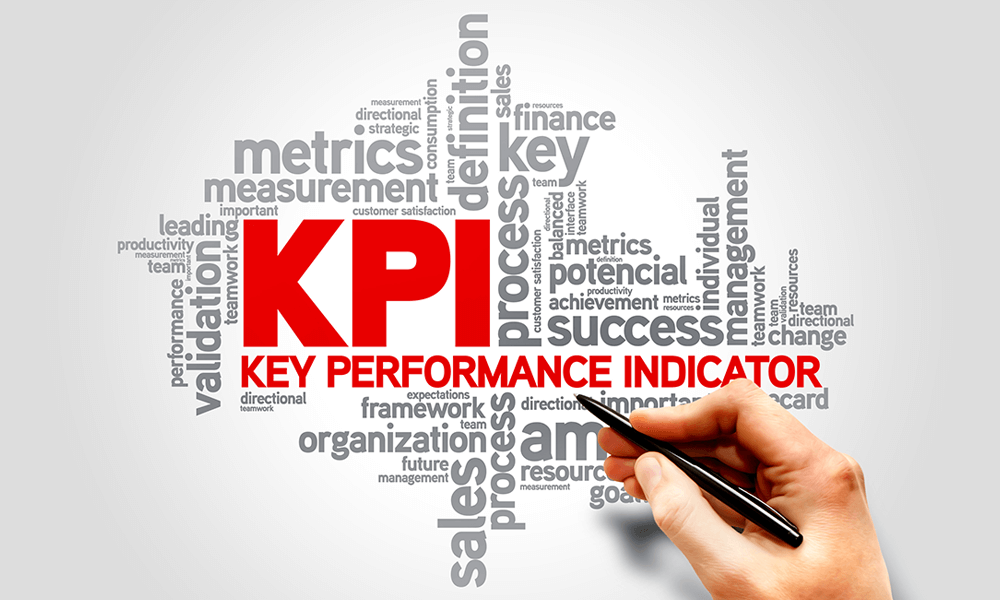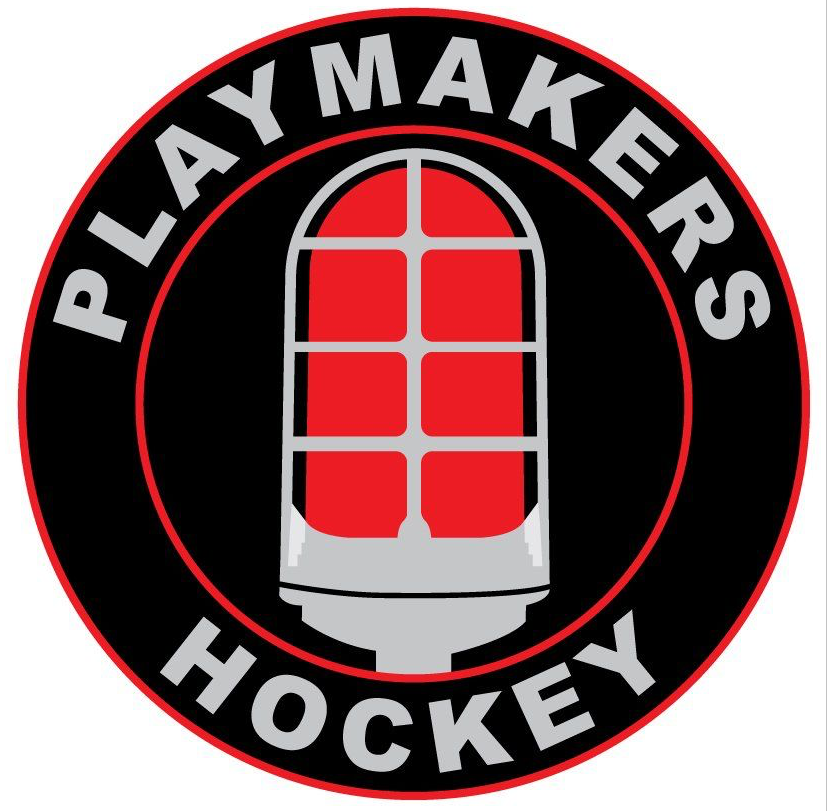Developing with KPI's
Anthony Attanucci • November 11, 2020
Using What Matters

Key Performance Indicators
- the metrics, skills, or concepts with the highest predictability of success i.e. “what matters”.
If you have questions about how or what to focus your energy on to best prepare yourself, for any endeavor, KPI’s are the solution. Using Key Performance Indicators provides clear and concise direction to your efforts. This allows you to maximize your time (your most valuable resource) to achieve your goals.
The steps to using KPI’s:
Identify
Prioritize
Plan
Implement
Evaluate
Identify
In order to use KPI’s we must, first, decide what they really are. This can be done through research, experience, or simply trial and error. Let’s take a look at a couple examples:
Based upon the most recent article published here, we can also determine the KPI’s of On-Ice metrics and their associations to Game (On-Ice) performance. If the most important quality that high-level coaches, managers, and scouts are seeking is decision making and hockey sense, we can rank that attribute at the very top of the list.
Want some evidence? The average NHL player’s time-on-ice (TOI) by skaters position is 20:11 for defensemen and 15:37 for forwards. Of that time, an overwhelming majority of it is spent without the puck. “In 2002 a study by USA Hockey was completed during the Olympic Winter Games in Salt Lake City and the USA Hockey Tier I Youth National Championships to see how much time even the best players had the puck on their stick. At the Olympic level, observers followed superstars like Tony Amonte, Joe Sakic and Mike Modano, who averaged 1 minute and 7 seconds with the puck. At the youth level, the best players, including Phil Kessel and Zach Parise, possessed the puck an average of 1:06 per game.”
That’s only 1.66% of a 60 minute game and only 6.4% of the average player’s TOI. If we adjust the TOI for the best players: average TOI per game at the forward position is ~21 minutes (NHL 19-20 season), it’s 4.76% of TOI with the puck. And that’s the best players with the most ice time!
We can conclude that the overwhelming majority of time spent on ice requires decision making without the puck (95.24%). If we factor in the time spent with the puck, 100% of TOI REQUIRES DECISION MAKING and HOCKEY SENSE.
Well what about skating? Yes, skating is critical. And you can make a pretty good argument that it’s the most important tactical/physical skill. However, when you break it down further, it seems to be a combination of efficiency and speed/acceleration that is important. These characteristics are intertwined and usually when efficiency is present, so are acceleration and speed. And when acceleration and speed are present, it is often an expression of those attributes in an efficient manner contributing to high performance. However, if the focus is on one over the other, should it be speed or should it be efficiency? Let’s take a couple things into consideration:
Speed: The number one off-ice metric that predicts on-ice performance is off-ice speed. Speed Kills. However, should it be our focus? According to a study of the physiological requirements of professional hockey players in live competition, only 5% of TOI ice was spent performing high intensity sprints (Austin, et al. 2013). The remaining time was spent in medium intensity sprinting and low intensity skating. The percentages lead us to consider efficiency as the key. However, if you consider the potential of a player with elite acceleration and speed to change the outcome of a game in just a few seconds with the puck on his or her stick (think McDavid), it becomes less clear. The good news is that these metrics are interdependent of one another and you likely can’t have one without the other. One thing is for sure, efficiency contributes to the ease at which other hockey tasks can be performed. Move Well; Move Often; Move Intensely.
Hands: Puck possession is everything. This concept was the foundation of the analytics movement that’s transpired over the last decade. Every player wants the puck. Every team wants the puck. And every coach wants their players and team to have the puck. This is the essence of our game. If you have the hockey sense and the speed, but you don’t have the hands to match...you either don’t have the puck enough or you don’t have the ability to make quality and consistent plays with it.
I’ve had countless conversations with coaches and scouts over the years. One statement that inevitably comes up in evaluating players… “They’ve got the brains and hands, they just don’t have the feet”. This drives me nuts. When did hockey come down to skating ability alone? Or any one, single ability alone? These players that are discussed; they’re often the best players on the ice with the highest ceiling and potential! Don’t get me wrong, skating is critical and it must be sufficient and efficient. But to not take a player because they need to improve in a particular area is insane. How many young players have it all? The skating, the brains, the hands, etc.? The answer is very very few, if any. The art of scouting is deciding which players have the attributes that project well into the future at higher levels and if those players have the means to improve their deficiencies. Make the most of what you’ve got and work at improving upon what you don’t have...yet.
Note: all of the best players I can think of that I’ve played with, against, or watched at any level all had at least 2 measurables in common (not including the requisite character traits like competitive spirit, etc.) … elite hockey sense paired with elite hands.
Prioritize
Once our KPI’s have been identified we must sort and prioritize those metrics. By doing so, we can direct our training down a clear path. Marrying what matters with both individual strengths and weaknesses can give us the recipe needed to move onto the next step with clarity.
Plan
The next step to using Key Performance Indicators is developing a plan of attack. The best way to do this...asking questions.
What are my KPI’s?
What are my KPI priorities?
What are my weaknesses?
What are my strengths?
What is my hockey identity?
What are my goals?
How much training time do I have available?
Once these questions are answered, we can develop a plan of attack that meets the criteria that will lead us on the path of improvement.
Implement
This section is the critical element of the process.
KNOWLEDGE ALONE IS NOT POWERFUL. IT’S THE APPLICATION OF KNOWLEDGE THAT MAKES IT POWERFUL.
Once the development plan is in place...execute that plan...with consistency! If there’s one measurement that matters above all else, it is the attendance sheet. Consistency drives growth (in the weight room, on the ice, personally, professionally).
Take action!
Evaluate
Schedule time to reflect and assess the progress and the process. Things change. Goals change. People change. Science and information changes. Therefore, the program must change to meet the ever-changing needs of each individual. Make those adjustments. Implement those adjustments. Plan to reassess again soon.
Tony Attanucci
More Posts



